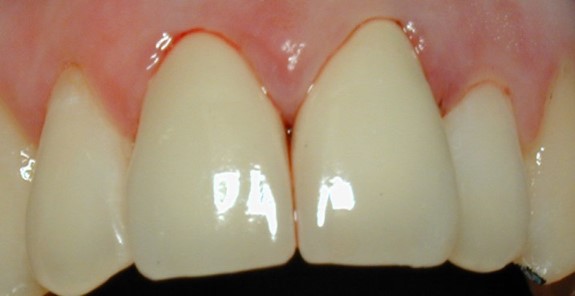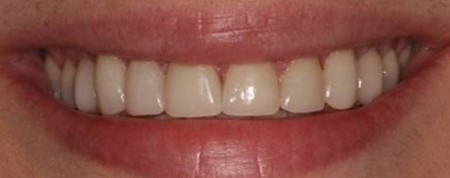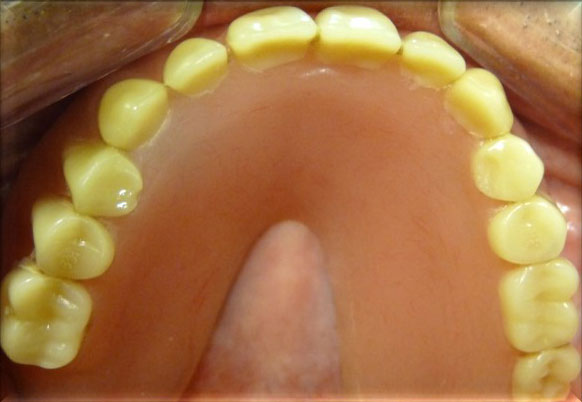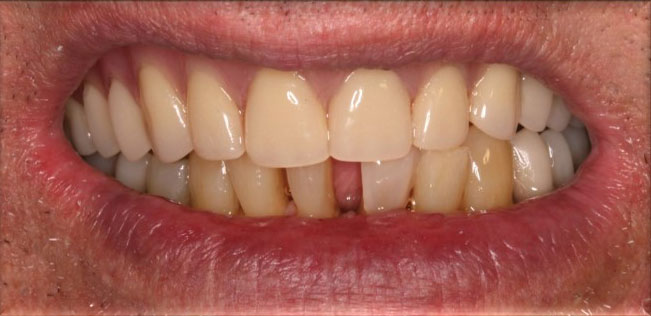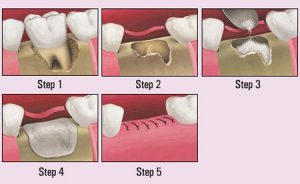
Bone Grafting
When the jawbone associated with missing teeth shrinks or has sustained significant damage, an implant cannot be supported on this unstable foundation, and bone grafting is usually recommended for the ensuing restoration. Tooth loss often leads to more loss of bone over time. The tooth loss may be caused by:
Periodontal Disease:
Periodontal disease can affect and permanently damage the jawbone that supports the teeth. Affected areas progressively worsen until the teeth become unstable.
Tooth Extraction:
Studies have shown that patients who have experienced tooth extraction subsequently lose 40% to 60% of the bone surrounding the extraction site during the following three years. Loss of bone results in what is called a “bone defect.”
Injuries and Infections:
Dental injuries and other physical injuries resulting from a blow to the jaw can cause the bone to recede. Infections can also cause the jawbone to recede in a similar way.
Bone augmentation, or bone graft, is a term that describes a variety of procedures used to “build” bone so that dental implants can be placed. These procedures typically involve grafting (adding) bone or bonelike materials to the jaw. The graft can be your own bone or processed bone (off the shelf) obtained from a cadaver. After grafting, you have to wait several months for the grafted material to fuse with the existing bone.
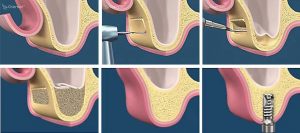
Sinus Lift
A sinus lift is a surgery that adds bone to your upper jaw in the area of your molars and premolars. The bone is added between your jaw and the maxillary sinuses, which are on either side of your nose. To make room for the bone, the sinus membrane has to be moved upward, or “lifted.”
A sinus lift is done when there is not enough bone height in the upper jaw or when the sinuses are too close to the jaw for dental implants to be placed. There are several reasons for this:
- Many people who have lost teeth in their upper jaws — particularly the back teeth, or molars — do not have enough bone for implants to be placed. Because of the anatomy of the skull, the back of the upper jaw has less bone than the lower jaw.
- Bone may have been lost because of periodontal (gum) disease.
- Tooth loss may have led to a loss of bone as well. Once teeth are gone, bone begins to be resorbed (absorbed back into the body). If teeth have been missing for a long time, there often is not enough bone left to place implants.
- The maxillary sinus may be too close to the upper jaw for implants to be placed. The shape and size of this sinus varies from person to person. The sinus can also get larger as you age.
If you would like to make an appointment for a consultation with our dentist, Dr. Victor J. Dongo, for a bone graft or sinus lift in Hialeah and Hallandale Beach, Florida, call our office today.

